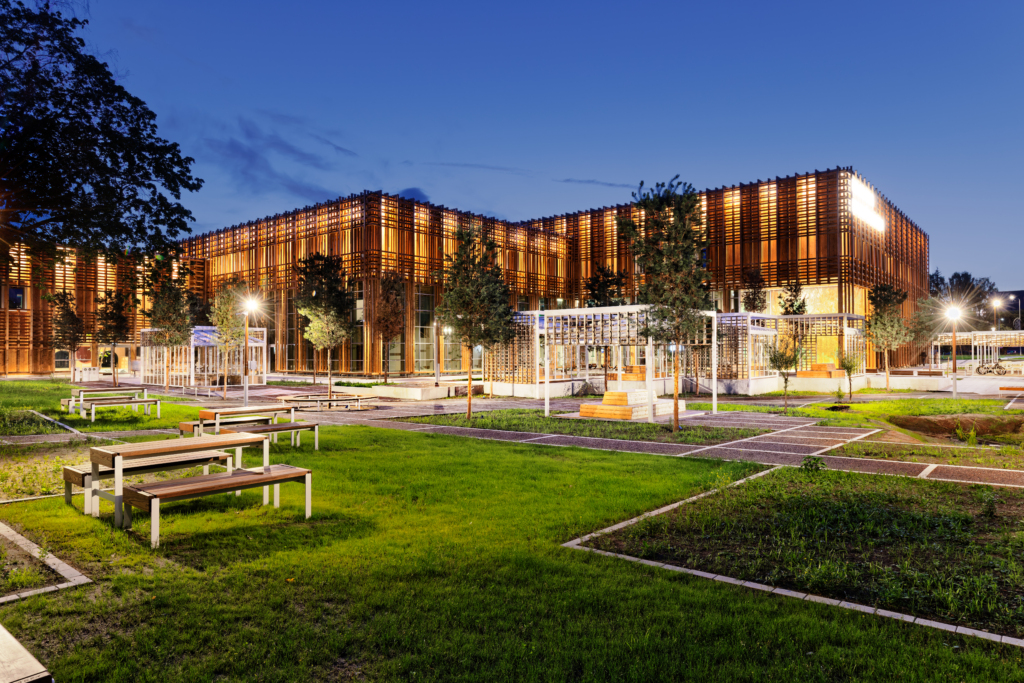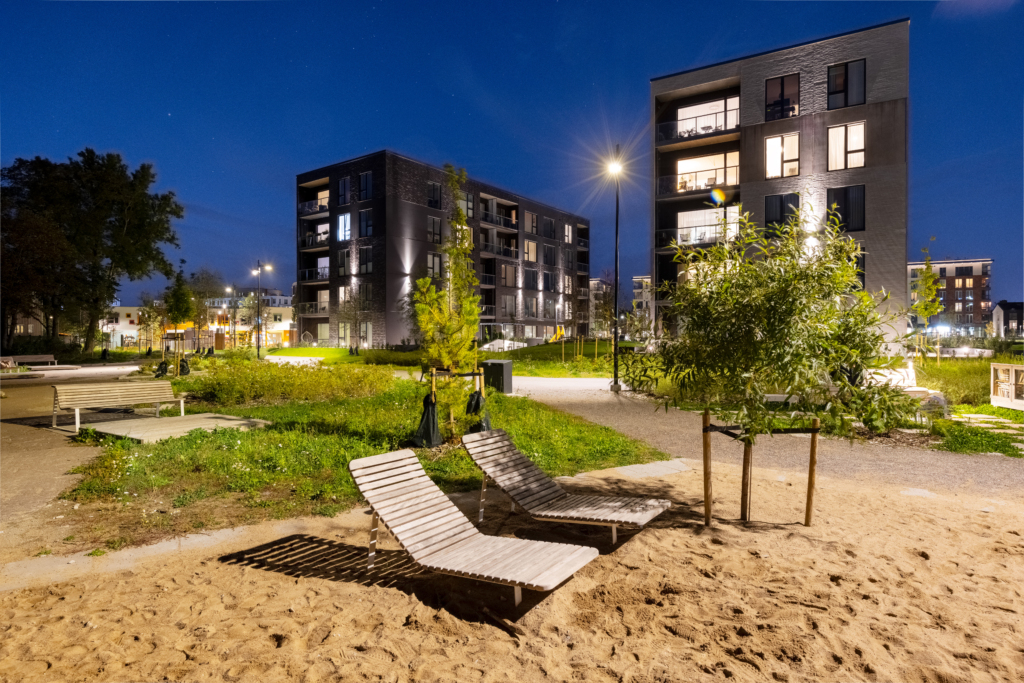Pelgulinna State Gymnasium and Uus-Veerenni Park receive awards
On Friday, 8 December, architecture prizes for the year were awarded to Estonia’s best achievements and practitioners in the field.
The architecture prize handed out by the Cultural Endowment of Estonia went to the Tallinn Pelgulinna State Gymnasium, built by Merko. The building is an example of the use of wood to encourage an environment conducive to learning and development. A total of 85% of the school building is wood.
As a public building, Pelgulinna State Gymnasium is a role model that should encourage other developers and architects to use timber for large-scale buildings. The new school fosters great conditions for students and teachers and forges a standalone architectural quality whose effective features also give shape to the surrounding area.
The building’s architecture is by the practice of Arhitekt Must, interior architecture by Pink and landscape architecture by Kino. Read the story of Pelgulinna Gymnasium HERE.

The Estonian Landscape Architects Association gave its annual prize to the Uus-Veerenni residential development’s public park, developed and built by Merko. The design by Kino’s landscape architects – in which materials salvaged from demolishing the old are used to create new features – is not yet the norm in Estonia; it’s more the exception for now. Often replacing things with new ones is not done because of their poor condition but just an uncritically accepted philosophy that new must always be better. In many cases, it can be quite the opposite in terms of quality.
The old foundation slab in the Uus-Veerenni park area, decades old, was demolished from the edges to downsize it, and the concrete chunks were piled into a heap for a jungle gym. The space freed up was merged with a conventional playground with swing set and regular climbing equipment. Elsewhere, the asphalt of the plywood factory’s lot was transformed, cutting out recreational and play areas. On the edges of the plot, the volunteer trees and shrubs growing between the asphalt and fence foundation were also spared.
There was another idea behind playing with the existing material at Uus-Veerenni. The old, rough incidental material bearing signs of fatigue and distress should ideally have a liberating effect on the new building and the homeowners – outside the manicured apartments, a more spontaneous environment can be found, which leads the thoughts away from the everyday in more eternal and poetic directions.
Besides Kino landscape architects, the offices of Velvet contributed to the design of Uus-Veerenni Park. Read the story of Uus-Veerenni Park HERE.
